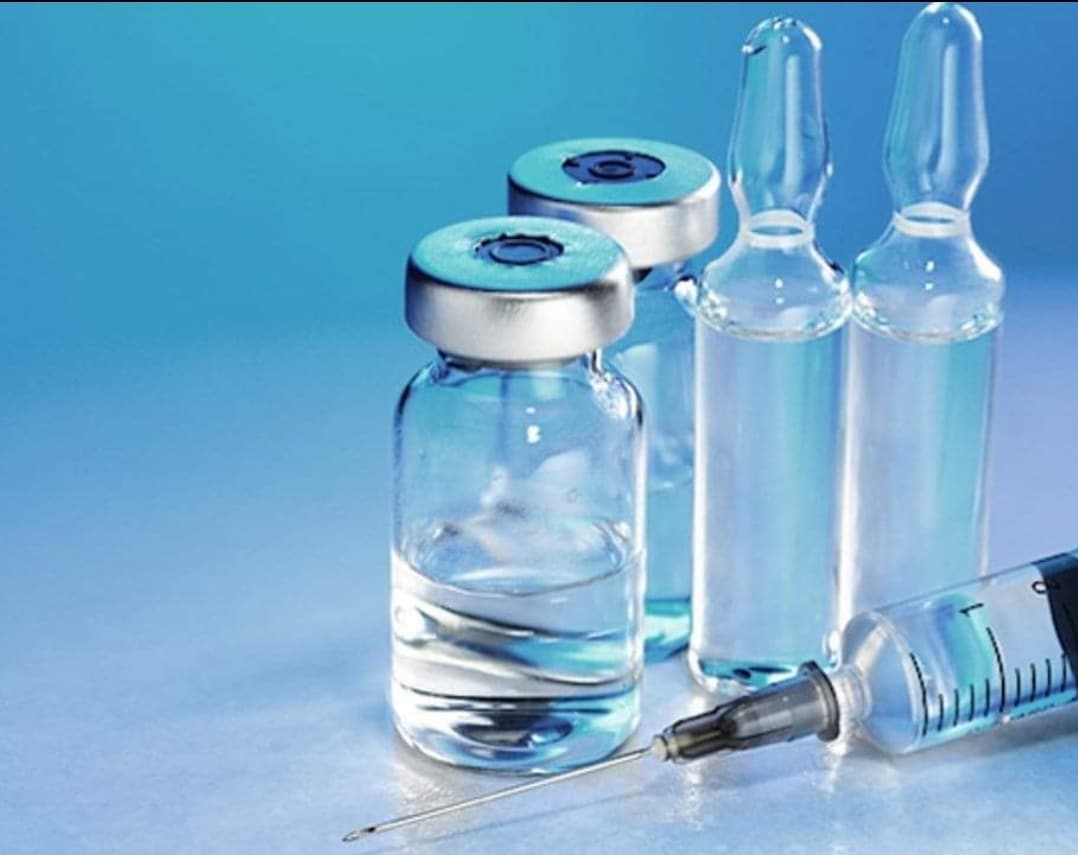USP Photostability Testing of Injections
In the pharmaceutical industry, ensuring the quality and safety of injectable products is paramount. USP Photostability Testing plays a critical role in maintaining this standard by assessing how an injection's active ingredients respond to light over time.
The United States Pharmacopeia (USP) guidelines provide stringent requirements for photostability testing, which helps pharmaceutical companies comply with regulatory standards and ensure product integrity. This service is essential because it allows manufacturers to predict the long-term behavior of their products under real-world storage conditions.
During this testing process, injections are exposed to various light sources at controlled intensities and durations. The purpose is to observe any changes in the chemical composition, physical properties, or therapeutic efficacy that might arise due to photodegradation. Photodegradation can lead to decreased potency, increased toxicity, or altered pharmacokinetics, all of which could impact patient safety.
The testing procedure follows specific protocols detailed within USP chapter Chapter 135. This document outlines the necessary steps for conducting photostability tests, including specimen preparation, light exposure conditions, and analytical methods used to evaluate test samples.
Specimens prepared for photostability testing typically include the final formulation of an injectable product. The sample undergoes rigorous examination both before and after being subjected to controlled light exposure. Common equipment utilized in these tests includes xenon arc lamps or UV-Vis spectrophotometers, depending on the desired spectral range.
Upon completion of the test, detailed reports are generated summarizing all observations made during the process. These reports serve as important documentation for regulatory submissions and internal quality assurance processes. They provide valuable insights into potential stability issues that need addressing before market release or further development stages.
In summary, USP Photostability Testing of Injections is a vital step in ensuring pharmaceutical products meet strict regulatory requirements while also safeguarding public health by preventing substandard medicines from reaching consumers. By adhering to these standards throughout product lifecycle management, companies can enhance their reputation for producing reliable and effective treatments.
Scope and Methodology
The scope of USP Photostability Testing encompasses a wide range of injectable products designed for parenteral administration. The methodology involves exposing these preparations to artificial light sources mimicking different environmental conditions, including daylight, fluorescent lighting, and incandescent bulbs.
For this service, we follow the procedures outlined in USP General Chapter <135> Photostability Testing of Injections. This includes selecting appropriate light sources based on the product's expected shelf life and storage conditions. Typically, xenon arc lamps are used for simulating direct sunlight exposure since they produce broad-spectrum UV radiation similar to natural sunlight.
Once selected, the samples are placed into containers that replicate real-world packaging materials such as glass vials or plastic syringes. The test specimens then undergo irradiation at prescribed intensities and durations according to pre-defined protocols. Throughout this process, temperature and humidity levels must also be carefully controlled to simulate actual storage environments.
After the exposure period has concluded, laboratory analysts perform a series of analyses aimed at assessing any changes in the physical appearance or chemical composition of the samples. Key parameters measured include color change, turbidity increase, pH shift, molecular weight distribution, and residual solvents content among others.
The results obtained from these analyses are then compared against established reference standards to determine whether there has been unacceptable degradation of the product. If significant changes are detected, additional stability testing may be required to further evaluate the product's overall shelf life under various conditions.
Industry Applications
This service finds application across numerous sectors within the pharmaceutical industry where injectable products play a crucial role. For instance, biopharmaceutical companies often rely on USP Photostability Testing to ensure their recombinant proteins remain stable during prolonged storage periods.
Additionally, manufacturers of sterile solutions like saline or dextrose infusion fluids need assurance that their formulations do not degrade when exposed to light. Similarly, producers of vaccines and immunoglobulins must adhere strictly to photostability testing protocols to maintain the integrity of these highly sensitive biologics.
Manufacturers of insulin analogues also benefit from this service as they strive to preserve the efficacy of their products over extended durations. Furthermore, firms involved in compounding sterile preparations require rigorous photostability evaluation to meet stringent regulatory requirements set forth by both national authorities and international bodies like WHO.
Why Choose This Test
Selecting USP Photostability Testing for your injectable products offers several advantages that contribute significantly towards achieving higher standards of quality assurance and compliance. Firstly, it helps identify early signs of photodegradation which can be addressed before they become critical issues.
By incorporating this testing into the development process early on, companies save time and resources by avoiding costly recalls or reformulations later down the line. Moreover, adherence to these tests enhances trustworthiness among regulatory agencies and healthcare providers who value transparency in pharmaceutical manufacturing practices.
The service provides comprehensive data supporting claims about a product's stability under specified conditions. This information is invaluable for marketing purposes as well as internal documentation requirements. Furthermore, successful completion of this test increases the likelihood of approval during submission processes with various regulatory bodies around the world.
Lastly, but importantly, it contributes towards ensuring patient safety by preventing potentially harmful products from entering circulation. In summary, choosing USP Photostability Testing is not just a compliance requirement; it's an investment in building a robust quality management system that supports long-term business success.





